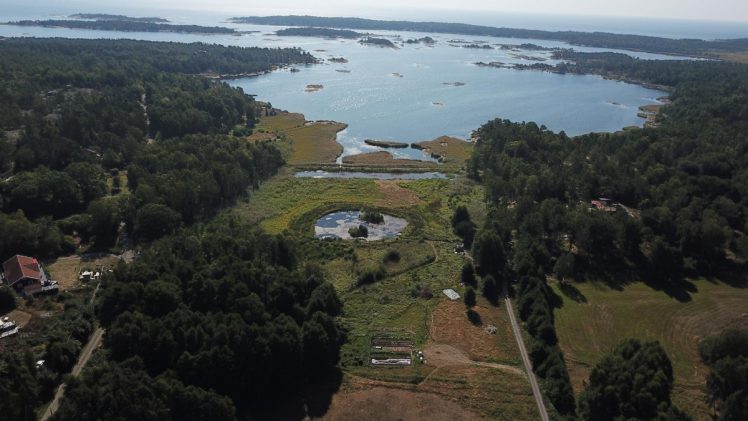The Baltic Sea is surrounded by a huge drainage area, due to the many rivers flowing into the Baltic Sea. Nutrients and toxic pollutants originating from human activities end up in the marine environment. Stormwater management is an increasingly important issue in society due to urbanisation and increasing volumes of rainfall due to climate change. These challenges force the Baltic regions to develop stormwater treatment solutions that can clean stormwater effectively and ensure standard water quality and management in real time.

Our group at KTH, together with our Baltic partners in the CleanStormWater project in Riga, Viimsi and Turku, are designing and testing new treatment systems, assess stormwater management solutions, develop e-monitoring systems for real time water quality management as well as establish centralised and decentralised stormwater solutions. Different stormwater treatment solutions and also e-monitoring systems will be developed, tested and/or implemented. Compared to manually collected samples, e-monitoring gives continuous information of physical parameters such as flow rate, turbidity, electrical conductivity and suspended solids. This not only helps municipalities to better monitor their stormwater quality and intervene rapidly when necessary, but also helps to identify the best technical solutions in the development stage. Since different geological, utilisation and/or urban situations will require different solutions, the project will use different sites around the Baltic Sea and evaluate different technological solutions including sedimentation, ponds, separators and bioretention systems.
KTH will collaborate with Initiative Utö on their study sites on the island of Utö. In Utö, two wetlands designed for stormwater treatment have recently been constructed (see figure 1), while a third one will be constructed to clean the stormwater from the Utö military-firing range in the near future. The wetland has an inflow from two ditches which combine in a sedimentation pond which has a circulation time of 48 hours during normal operations, the sedimentation pond is also the home of a number of crayfish. From there the stormwater is led to the wetland area, where plants treat the water. Then the water enters a pool where more substances can sediment. In this pool young peach and pike live and can grow so they will not be eaten by the three-spined stickleback which dominates the Baltic Sea. Lastly, the water is released to the Baltic Sea in a bay called Södra Fladen. The wetland is designed to decrease the amount of nutrients and heavy metals flowing into the Södra Fladen and by extension the Baltic Sea. By releasing more fully grown peach and pike to the Södra Fladen, the diversity of predatory fishes in the Baltic Sea have the ability to be restored.
Understanding the efficiency of the constructed wetland system for stormwater treatment needs careful evaluation of the water quality over a longer period of time. At these sites samples are taken from the inlet water, the process and the outlet water to evaluate the treatment efficiency. More specifically nutrients, heavy metals, PAH:s and oil are analysed in the samples. The CleanStormWater project is currently ongoing. Results from this project will give more insight to wetlands’ ability to treat stormwater and other properties such as habitat for wildlife, which can be implemented in other wetlands around the Baltic Sea. In addition, a better understanding of the implementation of e-monitoring in stormwater treatments, can promote the usage of similar systems in other treatment sites around the Baltic Sea.
Tobias Karlsson
Research Engineer, KTH

